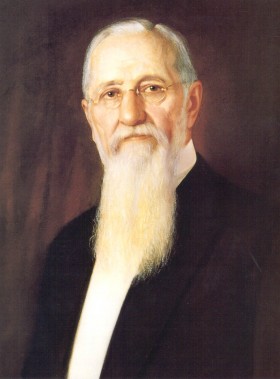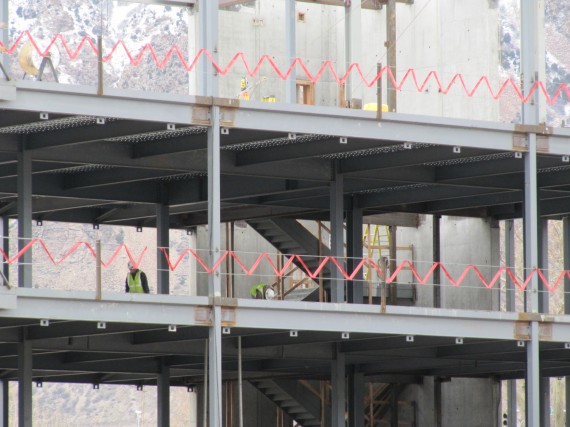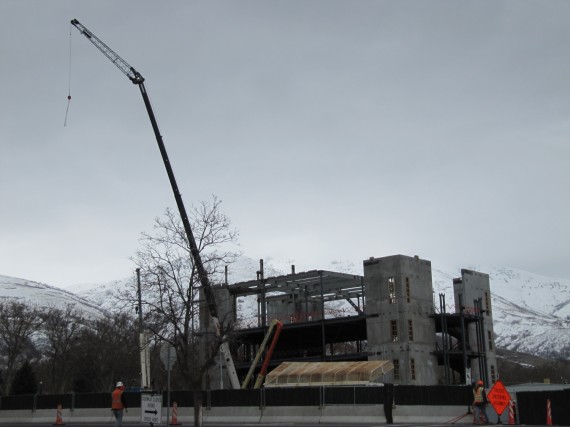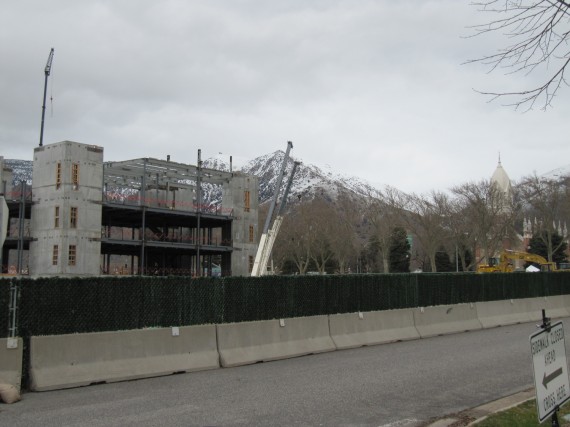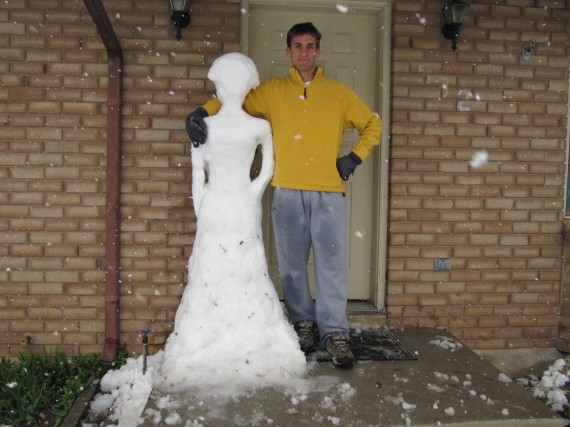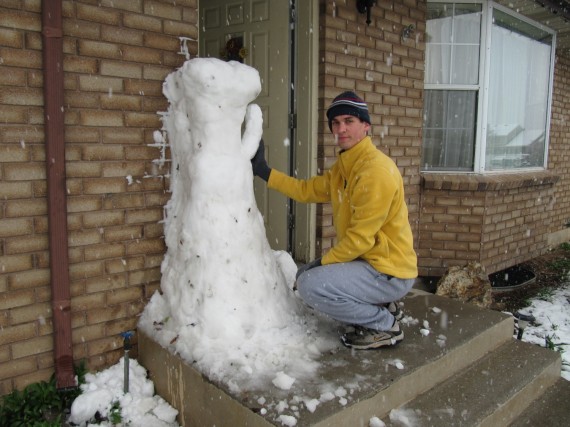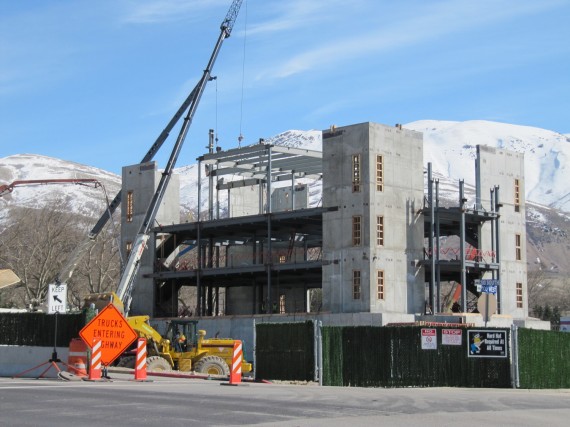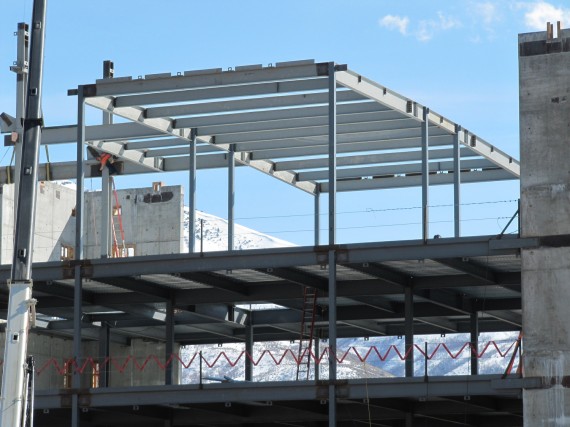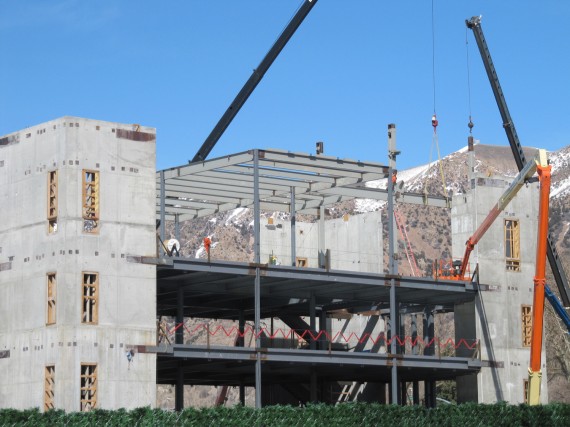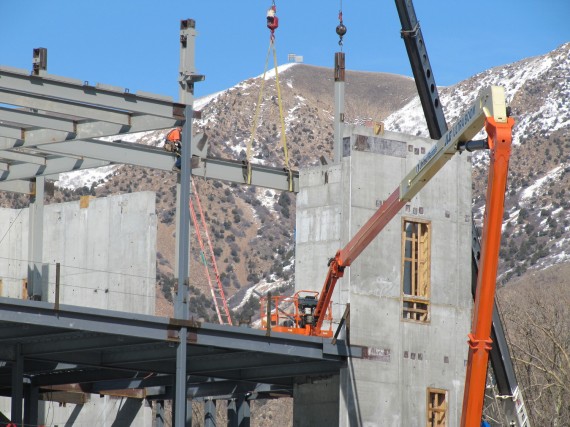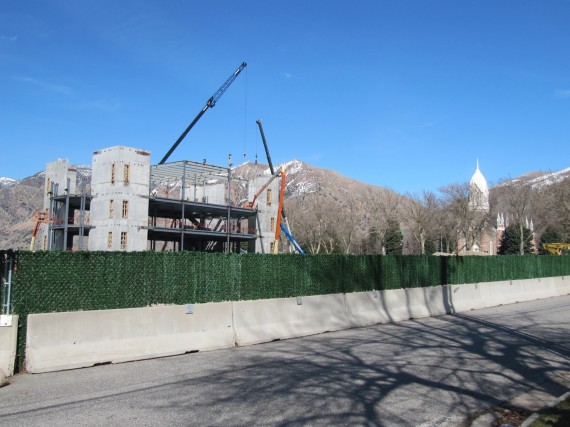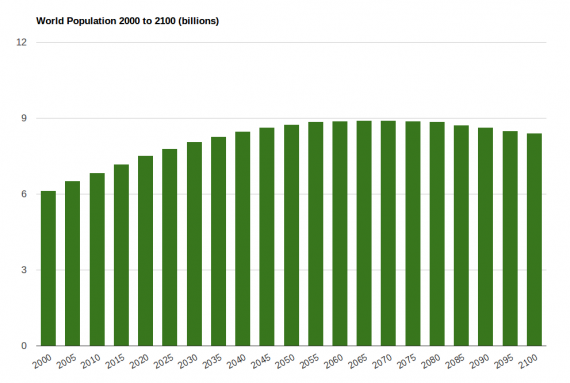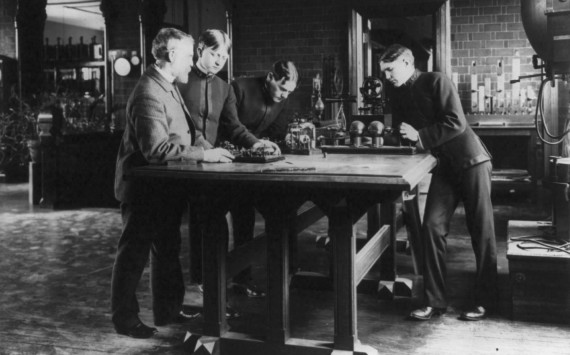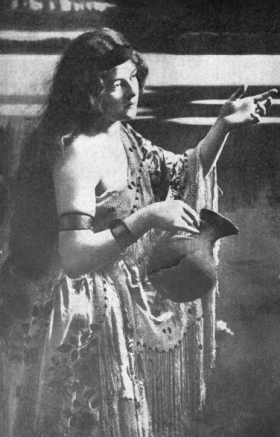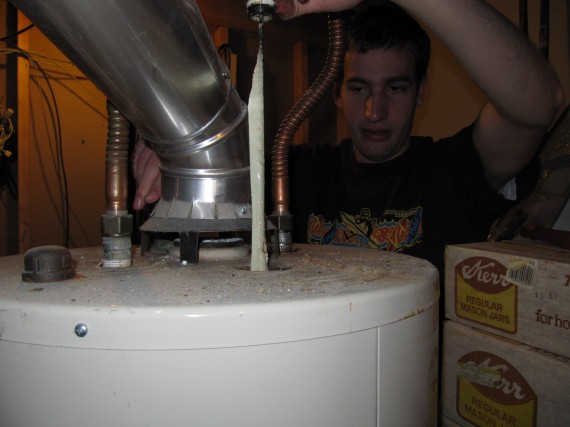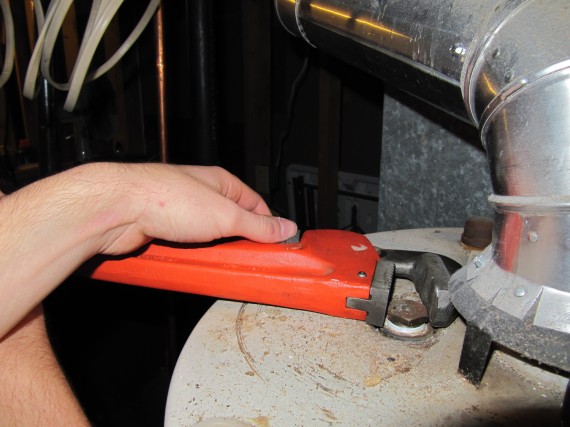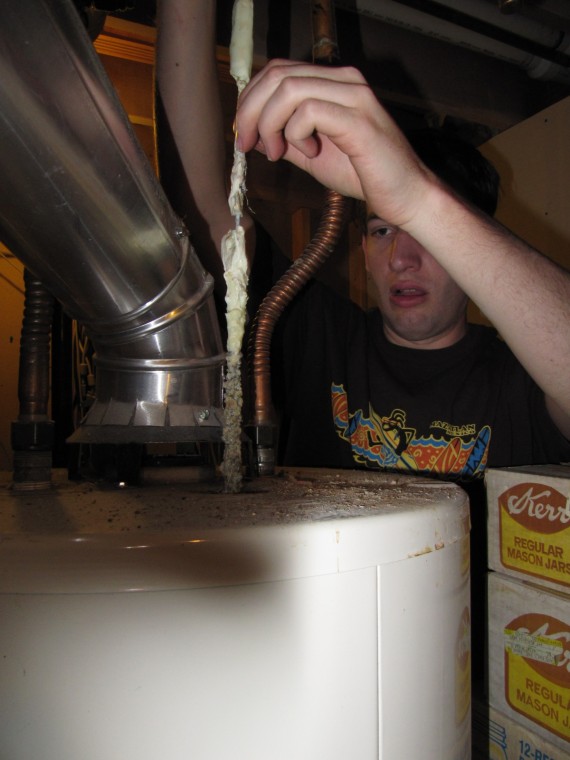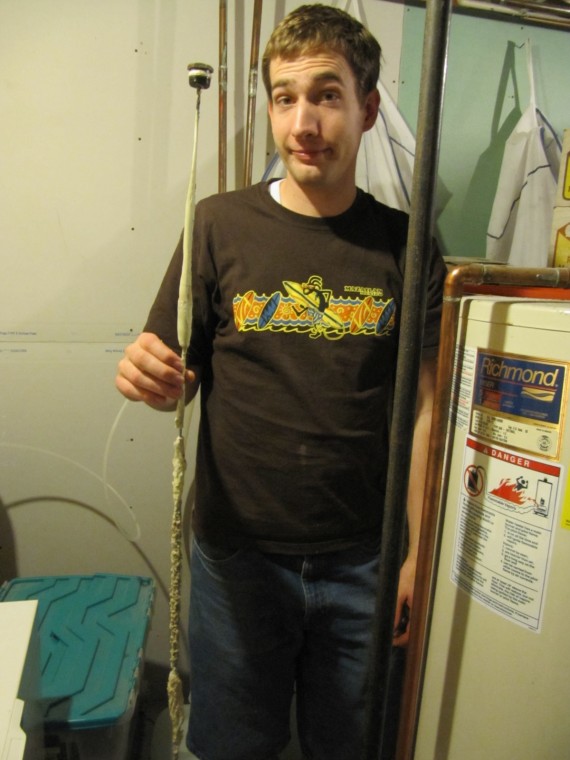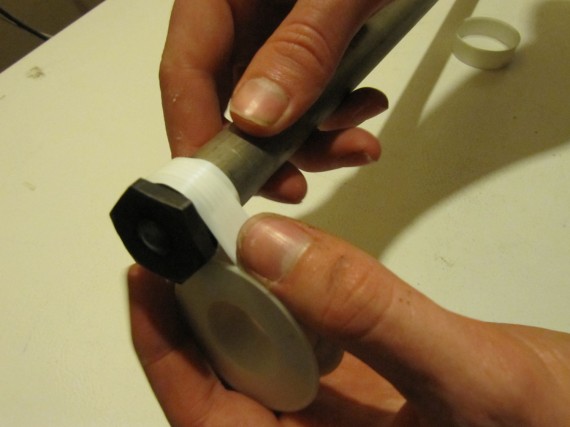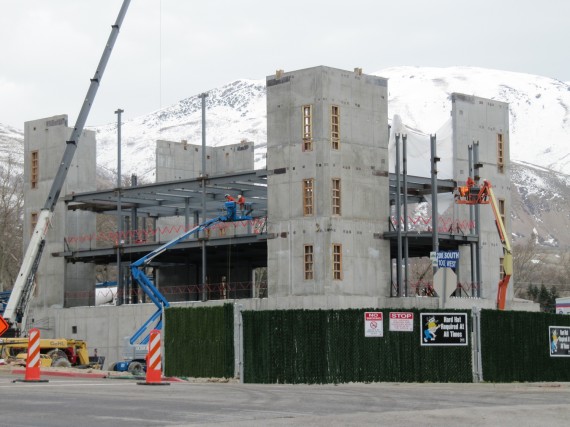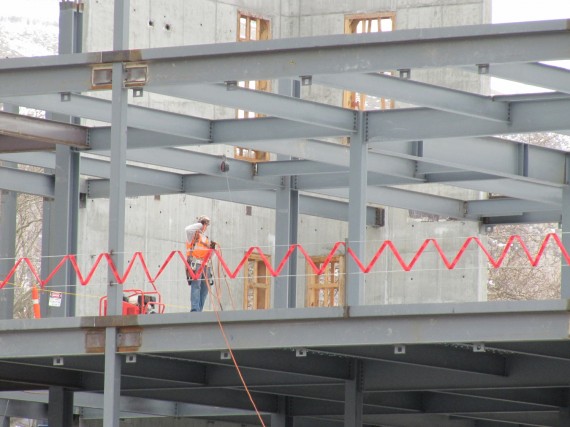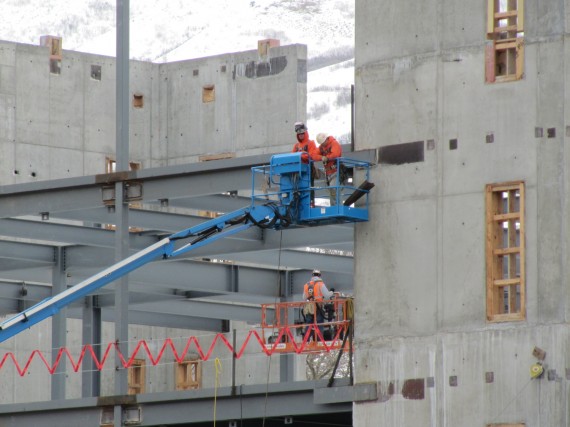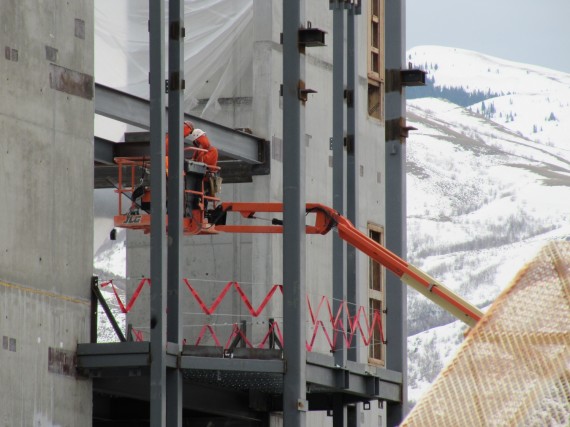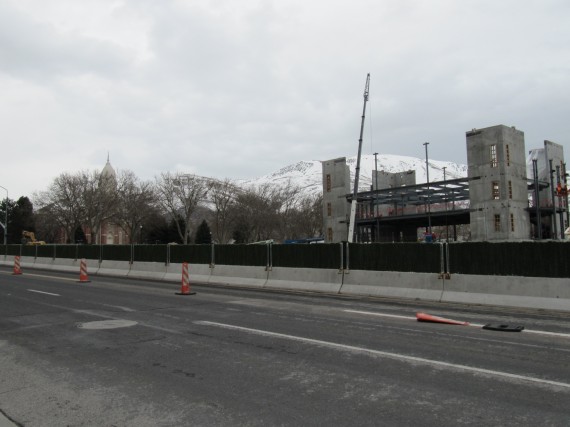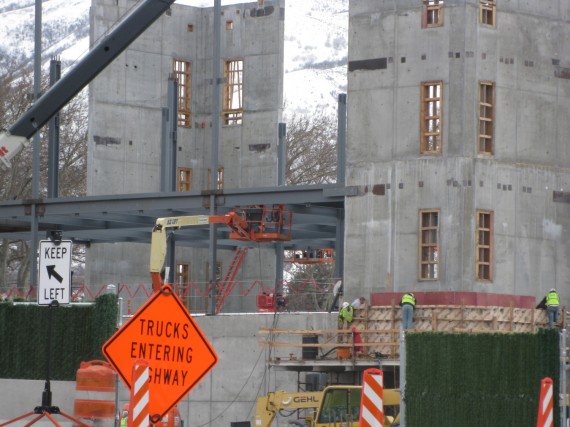An excerpt from President Joseph F. Smith’s April 1911 General Conference opening address:
I have had prepared just a few little statements which will indicate to you, I think, better perhaps than I could tell you from memory, although they are familiar to me, the condition of the Church and of the labors and accomplishments thereof during the year that has only recently closed. I have an item here that there have been two new stakes organized in 1910, namely the Duchesne and the Carbon stakes of Zion. There have been organized fifteen new wards during the same period. There are now 62 organized stakes of Zion, and 696 wards, and 21 missions.
All of these require the constant supervision and attention not only of the bishops and the presidents of stakes, and the high councils of these various organizations, but of the presidency of the Church, by whom communications are constantly received from all these presidents, or the most of them, and frequently many of them, and frequently from almost all these wards.
Baptisms
The number of persons that have been baptized in the stakes of Zion and in the missions, during the year 1910, was 15,902.
Birth and Death Rates
The birth-rate of the Church of Jesus Christ of Latter-day Saints for the year 1910, was 38 per thousand, the highest birthrate in the world, as far as available statistics show.
The death-rate of the Church, for the year 1910, was 9 per thousand, the lowest death-rate in the world, as far as we have been able to ascertain from published statistics.
Marriage and Divorce
There were 1,360 couples married in the temples in 1910, and there were 1,100 couples married, of Church members, by civil ceremony during the same year.
There was one divorce to each 5,000 Church members. The average divorce rate in the United States is one to each 1,100 souls. This shows that our divorce rate is only about one-fifth of the average rate in our nation.
Missionaries
There were 2,028 missionaries laboring in the various missions on December 31st, 1910.
There was expended by the Church, in maintaining missions and for fares of returning missionaries, during the year 1910, the sum of $215,000. This amount does not include the very large sum, in the aggregate, furnished by the people to assist their sons and daughters, or husbands and fathers, while in the mission field.
Upwards of $300,000 was paid by the Church during 1910 for maintaining our Church schools; and over $200,000 was paid out in the Church to assist the poor, during the year 1910.
All expenses incurred on account of the general authorities of the Church, of operating expenses of the president’s office, the historian’s office, and the presiding bishop’s office, were paid out of revenues derived from investments made by the trustee-in-trust, within past few years. This leaves the tithes of the Church to be used for the building of ward meeting houses and stake tabernacles, for maintenance of Church schools and temples, for missions abroad, and for the support of the poor.
Comparisons With 2011
As reported by President Smith, two stakes and 15 wards were organized in 1910 for a total of 62 stakes and 696 wards. Reported in Conference today, in 2010 there were 31 stakes and 236 wards formed, for a total of 2,896 stakes and 28,660 wards.
At the end of 1910, there were 2,028 missionaries in 21 missions. At the end of 2010, there were 52,225 missionaries in 340 missions. In addition there were 20,813 Church Service Missionaries.
In 1910 there were 15,902 baptisms and in 2010 there were 272,814 convert baptisms and 120,528 new children of record.
In 1910 there were 398,478 members and in 2010 there were 14,131,467 members.
In April 1911 there were 4 temples in operation. In April 2011 there were 134 temples in operation, 4 temples announced at Conference and a further 22 temples previously announced or under construction.
The $715,000 for maintaining Church schools and missions, and support of the poor, in constant 1913 dollars, would amount to $15,983,428 in 2011.
Sources
- The Eighty-First Annual Conference of the Church of Jesus Christ of Latter-day Saints convened in the Tabernacle, Salt Lake City, at 10 a.m. on Thursday, April 6, 1911, President Joseph F. Smith presiding.
- Live KSL TV LDS General Conference broadcast, April 2, 2011.
- 2011 Deseret News Church Almanac.

